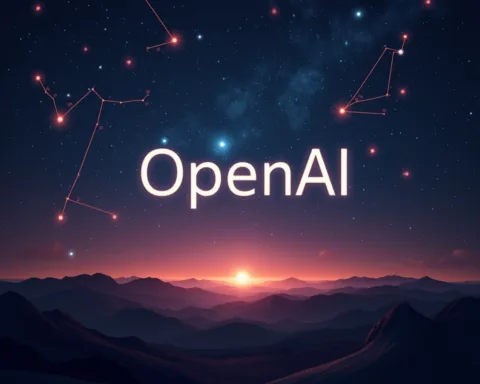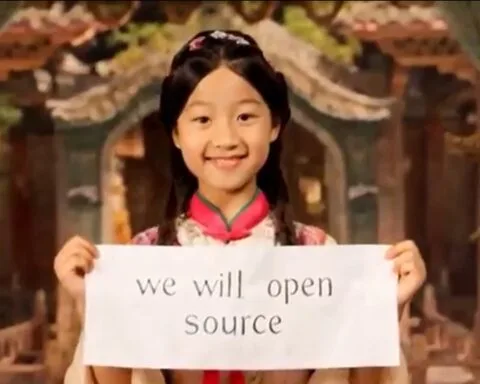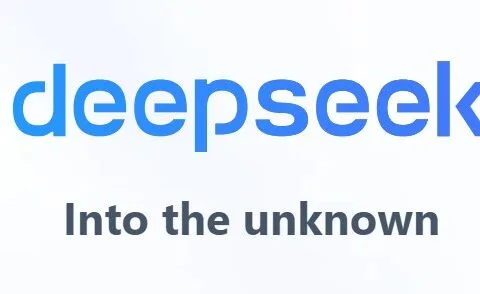Last Updated on July 17, 2024 11:21 am by Laszlo Szabo / NowadAIs | Published on July 17, 2024 by Laszlo Szabo / NowadAIs
OpenAI’s Project Strawberry: The Secretive Quest for Human-Level Reasoning in AI – Key Notes
- OpenAI is developing “Project Strawberry” to enhance AI reasoning and autonomy.
- Project Strawberry aims to reduce hallucinations in AI outputs by enabling models to gather and synthesize information autonomously.
- Inspired by Stanford’s Self-Taught Reasoner (STaR), Strawberry allows AI to iteratively create its own training data.
- Elon Musk has raised concerns about the potential risks of AI models with human-level reasoning capabilities.
- Project Strawberry is part of OpenAI’s broader push towards achieving Artificial General Intelligence (AGI).
- OpenAI’s AGI roadmap includes five stages, with Strawberry representing the “reasoners” stage.
- Ethical considerations and responsible development practices are crucial as AI capabilities advance.
Human-level Reasoning on Focus
The rapid advancements in artificial intelligence (AI) have captivated the world, with breakthroughs like ChatGPT and DALL-E showcasing the amazing capabilities of large language models (LLMs). However, as impressive as these models are, they still fall short when it comes to autonomous reasoning and problem-solving akin to human intelligence.
This is where OpenAI, the renowned AI research company, is making significant strides with its secretive “Project Strawberry”.
The Emergence of Project Strawberry

Formerly known as “Q*” or “Q Star”, Project Strawberry has been quietly brewing within the walls of OpenAI, drawing the attention of industry insiders and the public alike. Leaked reports from Bloomberg and Reuters have shed light on this ambitious endeavor, which aims to push the boundaries of AI reasoning and autonomy.
Enhancing Reasoning Capabilities
At the heart of Project Strawberry is the goal of endowing AI models with enhanced reasoning abilities. Unlike current LLMs that rely heavily on pattern recognition and language prediction, Strawberry-powered models will be designed to plan ahead, navigate the internet autonomously, and conduct “deep research” to gather information and improve their decision-making over time.
Similarities to Self-Taught Reasoner (STaR)
According to sources familiar with the project, Strawberry shares similarities with the Self-Taught Reasoner (STaR) technique developed at Stanford in 2022. STaR allows a model to iteratively create its own training data, effectively learning and improving its reasoning capabilities through self-directed exploration and discovery.
Tackling Hallucinations
One of the key challenges that Strawberry aims to address is the issue of hallucinations – the tendency of LLMs to generate factually incorrect or nonsensical information when presented with topics they haven’t been adequately trained on. By empowering models to autonomously gather and synthesize information from the internet, Strawberry-powered AI could potentially reduce the likelihood of such hallucinations, providing more reliable and trustworthy outputs.
Towards Autonomous Task Completion
Strawberry’s ambitions extend beyond mere reasoning capabilities. According to internal documents reviewed by Reuters, OpenAI is also exploring ways to enable Strawberry-powered models to perform complex, multi-step tasks over an extended period of time, akin to how humans approach problem-solving.
Automating Software Development and Research
This could have far-reaching implications, potentially allowing AI models to automate tasks typically reserved for human experts, such as software development, scientific research, and even the work of engineers. By combining advanced reasoning with the ability to independently navigate the web and gather relevant information, Strawberry-powered AI could change how we approach complex, knowledge-intensive endeavors.
Concerns and Cautionary Tales
As with any significant technological advancement, Project Strawberry has not been without its share of concerns and cautionary tales. Elon Musk, a co-founder of OpenAI, has previously raised alarms about the potential risks posed by the company’s work on AI models with human-level reasoning capabilities.
Elon Musk’s Warnings
Elon Musk, who severed ties with OpenAI in 2018, argued in a lawsuit that the company’s GPT-4 model already constitutes a form of artificial general intelligence (AGI) and
“poses a grave threat to humanity”
The lawsuit also claimed that OpenAI’s earlier “Q*” project, the precursor to Strawberry, had an even stronger claim to AGI, further fueling Musk’s concerns.
Altman’s Ousting and the Role of AI Safety
Accoring to Reuters, Musk’s warnings were echoed by some OpenAI employees, who became increasingly concerned about the breakthroughs presented by the Q* project. This internal unrest reportedly played a role in the brief ousting of Sam Altman as OpenAI’s CEO in November, before he was reinstated shortly after.
The Path Towards Artificial General Intelligence (AGI)
While the details of Project Strawberry remain largely shrouded in secrecy, OpenAI’s efforts to develop advanced reasoning capabilities in AI are undoubtedly part of a broader push towards the holy grail of AI research: artificial general intelligence (AGI).
OpenAI’s Five-Tiered AGI Roadmap
Recent internal meetings at OpenAI have shed light on the company’s ambitious roadmap for achieving AGI. According to a Bloomberg report, OpenAI has unveiled a five-tiered system to track its progress, with Strawberry-powered models potentially representing the “reasoners” stage – the second level, which involves technology that can display human-level problem-solving abilities.
The Implications of Strawberry’s Success
If successful, Project Strawberry could be a significant step towards the subsequent stages of OpenAI’s AGI roadmap, which include “agents” that can take actions, “innovators” that aid in invention, and even “organizations” that can perform the work of human teams. The implications of such advancements are both exciting and daunting, promising revolutionary breakthroughs but also raising profound questions about the future of human-AI coexistence.
Navigating the Ethical Landscape
As OpenAI pushes the boundaries of AI capabilities, the need for robust ethical frameworks and responsible development practices becomes increasingly paramount. The potential for Strawberry-powered models to operate with greater autonomy and reasoning power heightens the risks of unintended consequences and the need for comprehensive safeguards.
Prioritizing AI Safety and Responsible Development
Alon Yamin, co-founder and CEO of Copyleaks, emphasizes the importance of implementing to the Techopedia:
“comprehensive guardrails”
to ensure that the advancements in AI, like those seen in Project Strawberry, are harnessed responsibly and in a way that maximizes their positive impact on society.
Balancing Innovation and Caution
As the OpenAI community eagerly awaits the unveiling of Strawberry’s capabilities, it is crucial to maintain a balance between embracing the transformative potential of this technology and exercising the necessary caution to mitigate potential risks. The path towards human-level AI reasoning is fraught with both promise and peril, and navigating it will require a steadfast commitment to ethical AI development.
Conclusion: The Future of AI Reasoning
Project Strawberry represents a pivotal moment in the evolution of artificial intelligence, pushing the boundaries of what LLMs can achieve. By empowering AI models with enhanced reasoning abilities, autonomous web navigation, and the capacity for complex, multi-step problem-solving, OpenAI is paving the way for a future where AI and humans work in tandem to tackle the most pressing challenges facing our world.
However, as the company races towards the holy grail of AGI, it must remain vigilant in its pursuit of responsible development, ensuring that the extraordinary capabilities of Strawberry-powered AI are harnessed for the greater good of humanity. The journey ahead is undoubtedly filled with both excitement and trepidation, but with a steadfast commitment to ethical AI principles, the promise of Project Strawberry may very well become a reality that transforms the landscape of human-machine collaboration.
Frequently Asked Questions
1. What is OpenAI’s Project Strawberry? OpenAI’s Project Strawberry is an ambitious initiative aimed at enhancing AI reasoning capabilities and reducing hallucinations by enabling models to autonomously gather and synthesize information from the internet.
2. How does Project Strawberry differ from current AI models? Unlike current AI models that rely heavily on pattern recognition, Project Strawberry aims to endow AI with the ability to plan ahead, navigate the web autonomously, and conduct deep research to improve decision-making.
3. What inspired the development of Project Strawberry? Project Strawberry is influenced by the Self-Taught Reasoner (STaR) technique developed at Stanford in 2022, which allows AI models to iteratively create their own training data and improve through self-directed exploration.
4. What are the potential risks associated with Project Strawberry? Elon Musk and some OpenAI employees have raised concerns about the risks posed by AI models with human-level reasoning capabilities, emphasizing the need for robust ethical frameworks and responsible development practices.
5. How does Project Strawberry fit into OpenAI’s AGI roadmap? Project Strawberry represents the “reasoners” stage in OpenAI’s five-tiered AGI roadmap, which involves developing technology that can display human-level problem-solving abilities. This is a crucial step towards achieving AGI.












